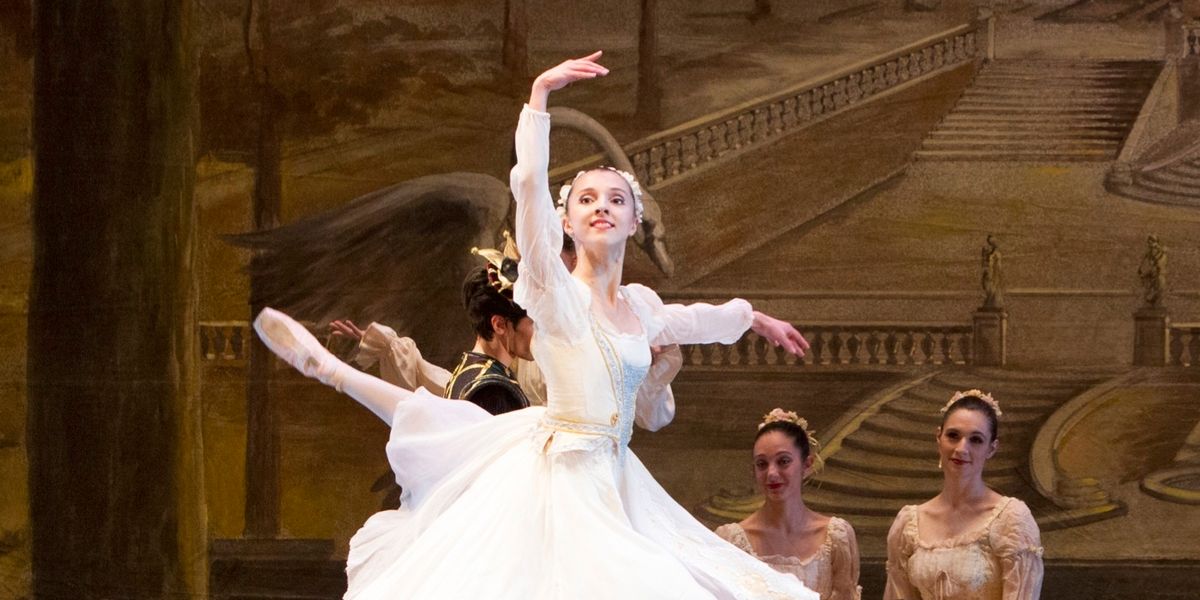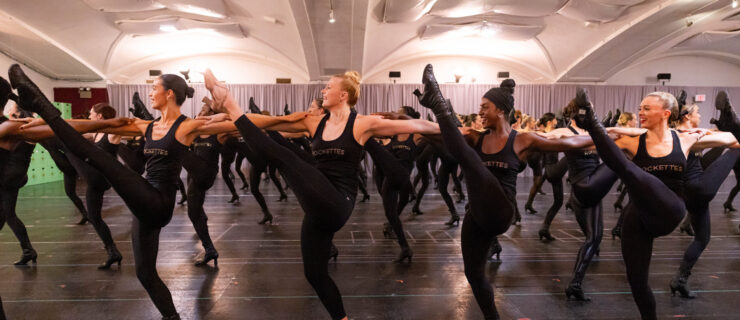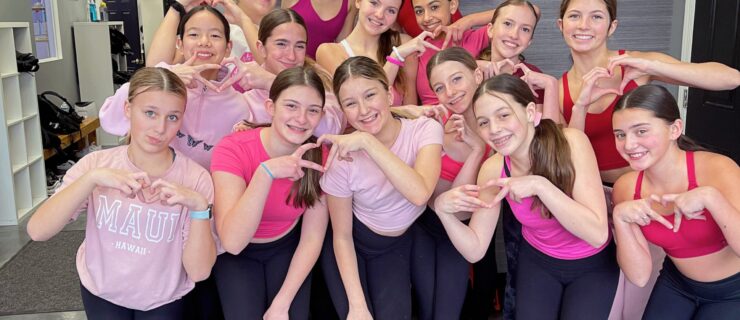The Silky Spiral: How to Master Renversé
Renversé, with its dynamic combination of a grand rond de jambe and a luxuriously arched upper body, can be breathtakingly beautiful when done correctly. But many dancers struggle to find the right quality. Pop the relevé, and you lose the step’s smoothness. Drop the knee to attitude too quickly, and you miss that picture-perfect wraparound moment. To help you achieve your best renversé, Dance Spirit gathered tips from the pros.

Sarah-Gabrielle Ryan in Kyle Davis’s A Dark and Lonely Space (Angela Sterling, courtesy Pacific Northwest Ballet)
Start with Adagio
There are many different ways into a renversé, but the overall look of the step is always the same: expansive and rounded. Sometimes it’s easiest to get a sense of that feeling with an adagio combination breaking down the step’s various components. “We start with passé, then développé front with plié, only at 45 degrees,” says Arantxa Ochoa, director of faculty and curriculum at Miami City Ballet School. “Switch to effacé, then écarté derrière, then rond de jambe to arabesque, making sure to really feel the arabesque before switching to attitude.” Keep the arms in first position until you move the leg to écarté, when the side arm should open with the leg. Moving slowly through the progression of positions will help you coordinate your arms and legs.
Keep Control
Renversés should look effortless and free, but it’s easy to let them get a little too wild. “I tend to lose control,” confesses Pacific Northwest Ballet’s Sarah-Gabrielle Ryan. “I get caught in the ‘dancy-feely’ part and let centrifugal force take over.” To rein in her movement, Ryan keeps her abdominals engaged and avoids splaying her rib cage. She also thinks about hitting the écarté before getting to arabesque. “That’s the hardest part,” she says. “Be sure to fully cross the leg in arabesque before you bend it to get the best line.”
Find Length
Some dancers end up “crunching” their supporting sides as they melt into the attitude. “People tend to throw themselves sideways and shorten their necks and upper bodies,” says Eugenia Zinovieva of Festival Ballet Providence. To keep length in the position, Zinovieva likes to imagine that she’s wrapping her leg around a tree trunk, reaching her back toe up while holding her turnout, and keeping her focus lifted. “You want to move on an upward diagonal,” she says.

Sarah-Gabrielle Ryan in Christopher Wheeldon’s Carousel (A Dance) (Angela Sterling, courtesy PNB)
Use Opposition
Over-rotation, which happens when dancers get carried away in the momentum of the renversé, is another common pitfall. To avoid over-rotating, focus on holding your turnout in the supporting leg, and don’t let your side arm swing behind your body. That opposition will also help create the step’s signature spiral shape. “If you cambré and turn out the bottom leg, you still have that nice bend, but you’re not pulling your weight off your balance,” says Ryan. “Push your bottom heel forward as you plié.”
Make it Decadent
A beautiful renversé is smooth, fluid, and expansive, and jumping up to pointe can ruin that feeling. Think about pressing to your relevé instead of popping it, and then roll through the foot into the plié. “It should melt,” says Ochoa. “There’s no catch in the movement. It should be seamless.”




